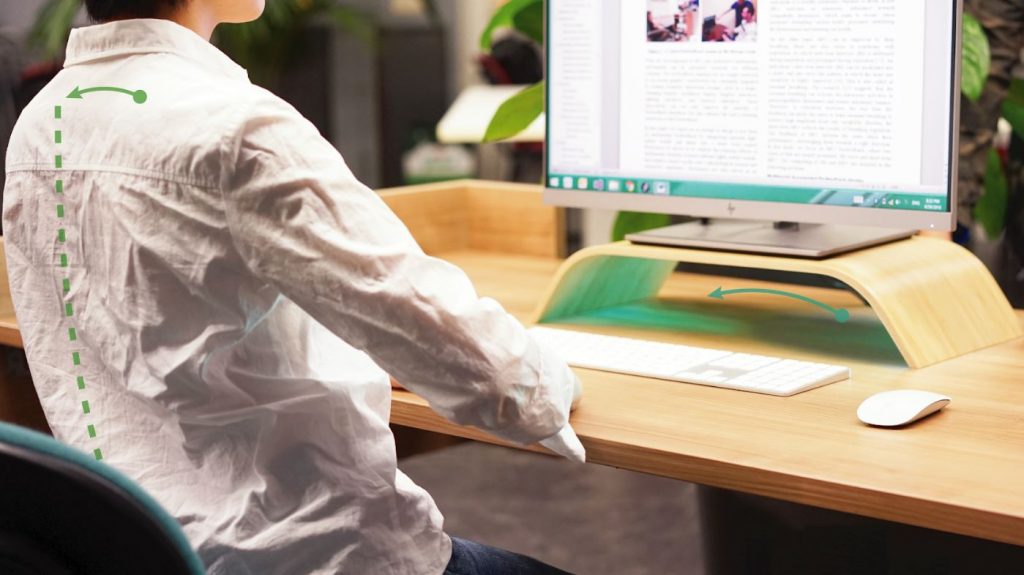 Alice Verdonk’s final project “Personal Alarm System” appeared in Cursor (or a PDF version from here):
Alice Verdonk’s final project “Personal Alarm System” appeared in Cursor (or a PDF version from here):
“Er loopt een patentaanvraag voor het ontwerp van ID-studente Alice Verdonk. ‘’Ik wil graag vertellen over mijn project, maar ik mag niet te veel details prijsgeven.’’ Verdonk wist wat ze wilde als afstudeerstage: bij een bedrijf en in het buitenland. Haar begeleider Jun Hu had contacten met de researchafdeling van Philips Healthcare in Sjanghai. ‘’Dus werd het Sjanghai.’’ Het werd geen liefde op het eerste gezicht. ‘’Toen ik aankwam dacht ik “wat een vieze stad’’, vertelt Verdonk. Gelukkig waren de mensen er toegankelijker en behulpzamer dan ze had verwacht.
Haar opdracht was de ontwikkeling van een product dat ouderen moet helpen om langer zelfstandig te blijven wonen. ‘’Het ging om apparaatje dat op het lichaam gedragen moet worden, waar sensoren inzitten. Dat apparaat moet zorgen dat er sneller hulp komt bij noodgevallen, maar het moet daarnaast ook voorkomen dat dat nodig is.’’ Er was al een eerste prototype toen Verdonk arriveerde. ‘’Daarmee hebben we praktijktesten gedaan. Ik heb hem zelf gedragen, maar we hebben hem ook getest bij bewoners in een verpleeghuis. Zij hebben het apparaatje een maand gedragen.’’ Met de evaluatie van die test en een grote stapel literatuur ging Verdonk aan de slag. ‘’Ik heb een interactiemethode bedacht op basis van de criteria die daar uitrolden. Zo is het bijvoorbeeld belangrijk dat het apparaatje met één hand kan worden bediend. Ook moest ik er rekening mee houden dat de fijne motoriek het bij ouderen niet meer zo goed doet. En de werking moet heel eenvoudig zijn; de drager moet er ook mee overweg kunnen als hij in de war is.’’ Over het daadwerkelijke ontwerp mag ze vanwege de patentaanvraag niets zeggen.
Verdonk besteedde ook tijd aan een plan van aanpak om het product op de Chinese markt te brengen. ‘’Philips richt zich hiermee vooral op de Europese en Amerikaanse markt, terwijl China zelf ook een groeimarkt is. Door de eenkindspolitiek kunnen ouderen vaak niet meer worden opgevangen door hun kinderen.’’ De ideeën van Verdonk gaan nu naar de afdeling Design van Philips. ‘’Zij richten zich helemaal op het ontwerp.
Uiteindelijk kan het er nog helemaal anders uit komen te zien. Ik ben benieuwd hoe dat uitpakt.’’ De verwachting is dat het apparaatje over een paar jaar te koop is.”
[Final report, 1.4M PDF]






